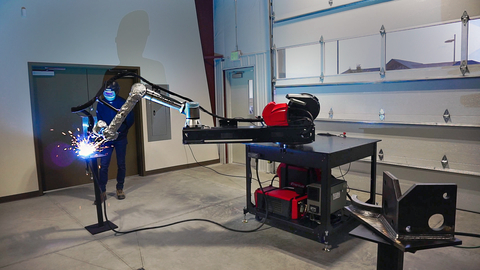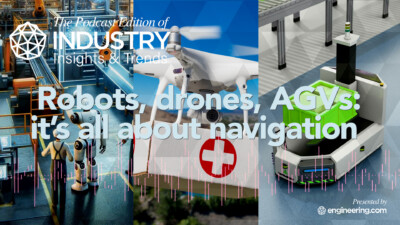ANSI/A3 R15.06-2025 revises the current robot safety standard with new robot classifications, cobot guidance and a cybersecurity component.

A newly revised national standard for industrial robots has been released by the Association for Advancing Automation (A3).
The ANSI/A3 R15.06-2025 American National Standard for Industrial Robots and Robot Systems – Safety Requirements is now available and A3 says it marks the most significant advancement in industrial robot safety requirements in more than a decade.
“Publishing this safety standard is perhaps the most important thing A3 can do, as it directly impacts the safety of millions of people working in industrial environments around the world,” said Jeff Burnstein, president of A3, in a release.
This standard is available in protected PDF format and includes:
Part 1: Safety requirements for industrial robots
Part 2: Safety requirements for industrial robot applications and robot cells
Part 3: Will address safety requirements for users of industrial robot cells. It’s expected to be published later this year. Once available, it will be retroactively provided at no additional cost to anyone who purchases the full standard.
R15.06 is the U.S. national adoption of ISO 10218 Parts 1 and 2 and is a revision of ANSI/RIA R15.06-2012, which was launched by the Robotic Industries Association (RIA) before it became part of A3.
Key changes in ANSI/A3 R15.06-2025 include:
- Clarified functional safety requirements that improve usability and compliance for manufacturers and integrators
- Integrated guidance for collaborative robot applications, consolidating ISO/TS 15066
- New content on end-effectors and manual load/unload procedures, derived from ISO/TR 20218-1 and ISO/TR 20218-2
- Updated robot classifications, with corresponding safety functions and test methodologies
- Cybersecurity guidance included as part of safety planning and implementation
- Refined terminology, including the replacement of “safety-rated monitored stop” with “monitored standstill” for broader technical accuracy
“This standard delivers clearer guidance, smarter classifications, and a roadmap for safety in the era of intelligent automation,” said Carole Franklin, director of standards development, robotics at A3. “It empowers manufacturers and integrators to design and deploy safer systems more confidently while supporting innovation without compromising human well-being.”



